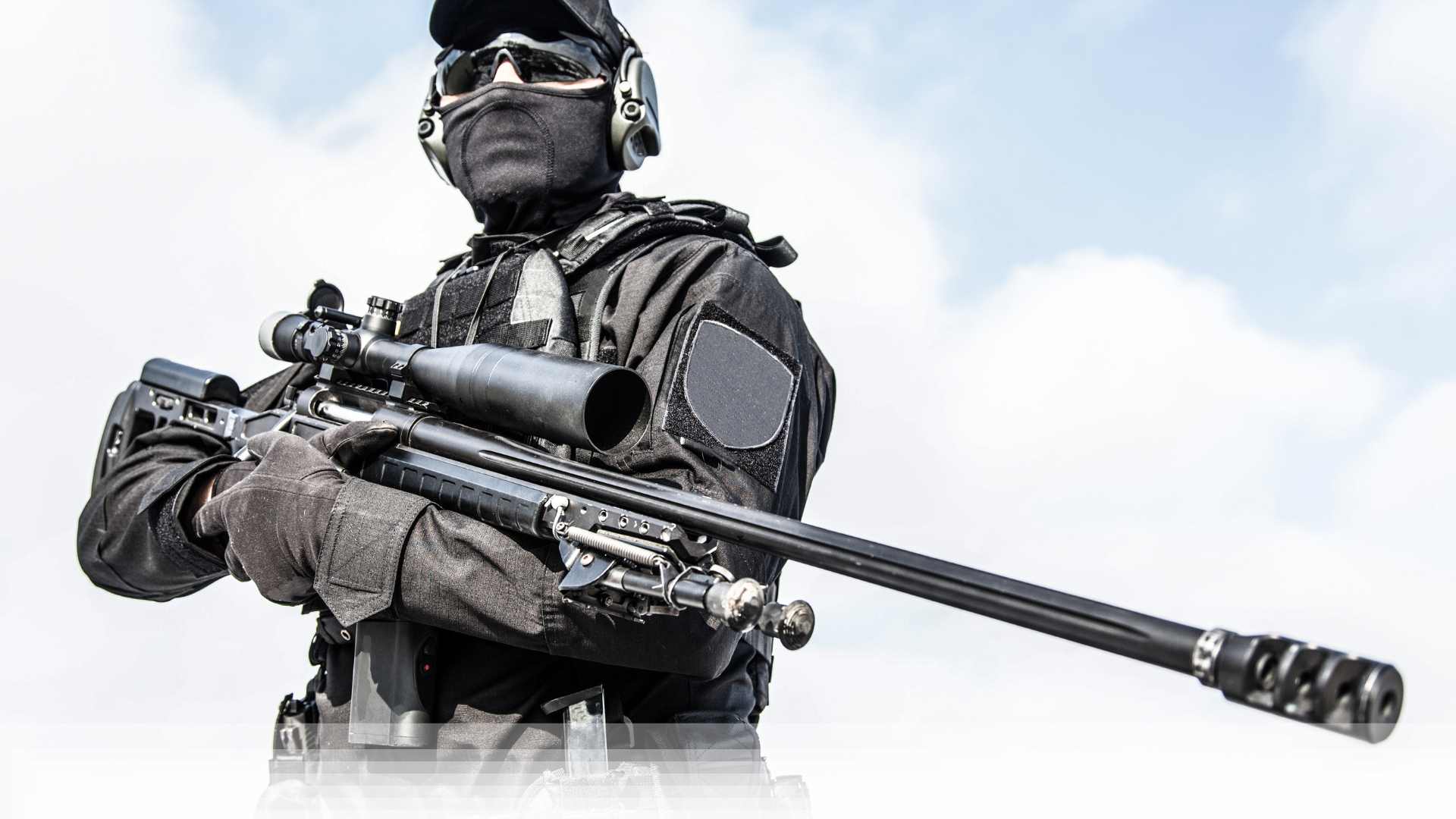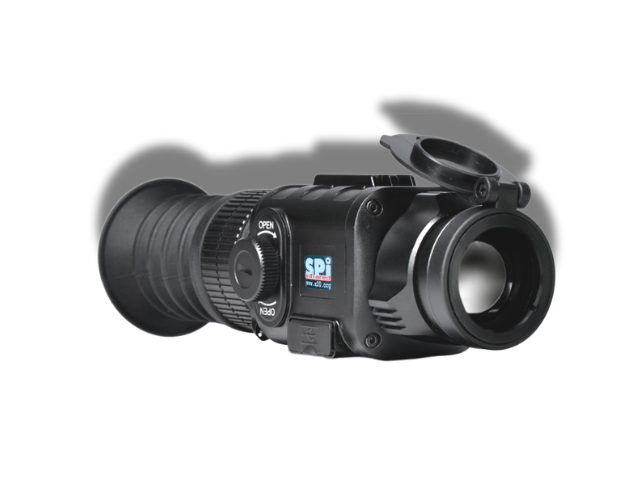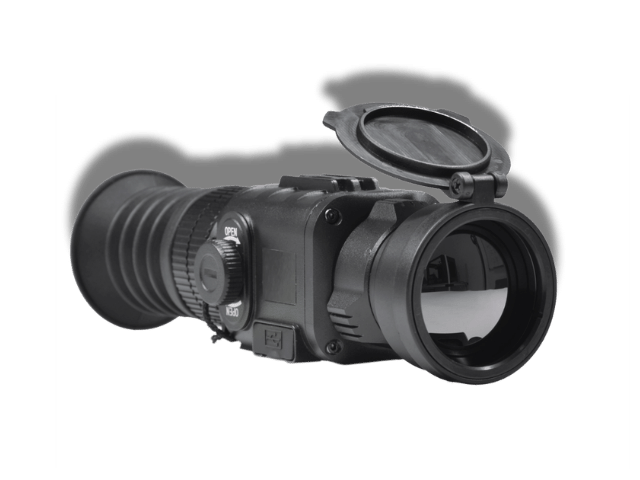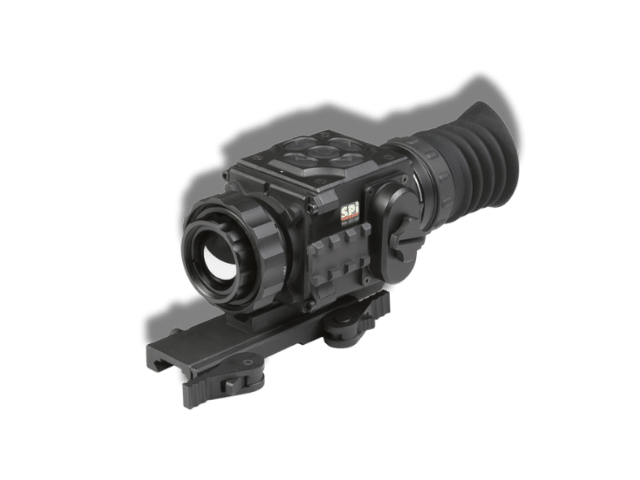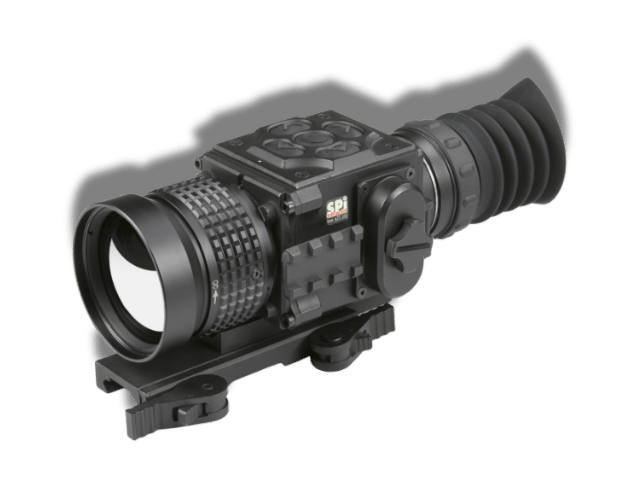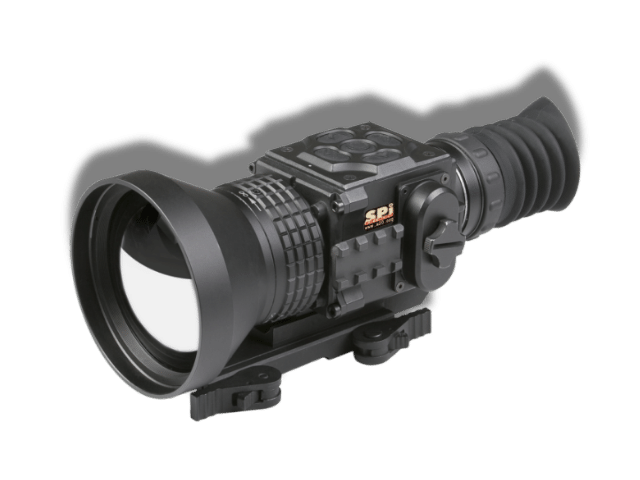We Offer Military Grade Thermal Rifle Scopes At Affordable Prices
We have a wide range of field tested thermal rifle scopes. These scopes feature:
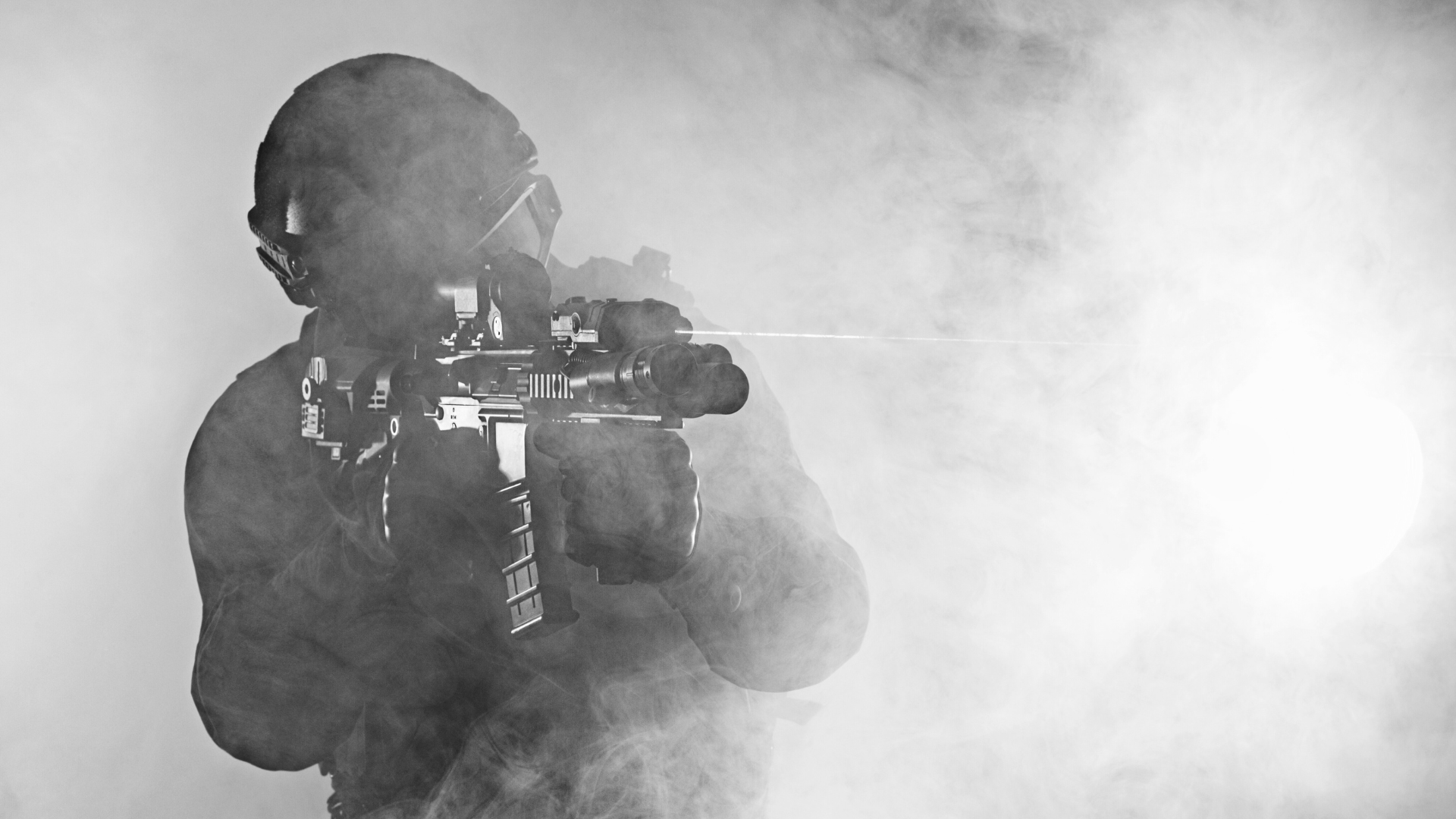
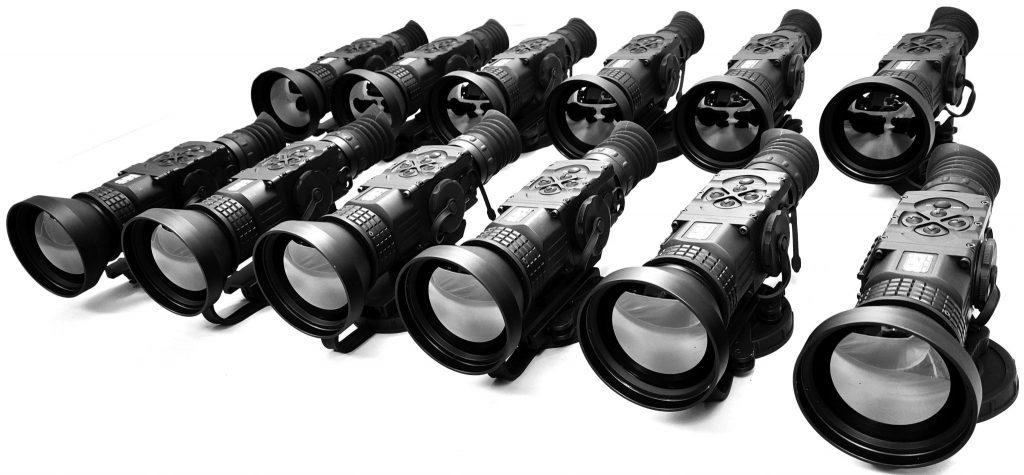
Black Body Radiation
Our thermal weapon sights utilize the principles of black body radiation, indicating that any object with a temperature above absolute zero will release infrared radiation. As an object’s temperature fluctuates, so does its radiation levels. This concept, known as thermography or thermal photography, captures these radiation levels and converts them into visual images. Essentially, a thermal weapon sight integrates a thermographic camera with an aiming reticle, creating a versatile device compatible with various weapons. SPI’s advanced thermal weapon sights are crafted from premium, durable materials, ensuring they are lightweight, resilient to weather, and robust.
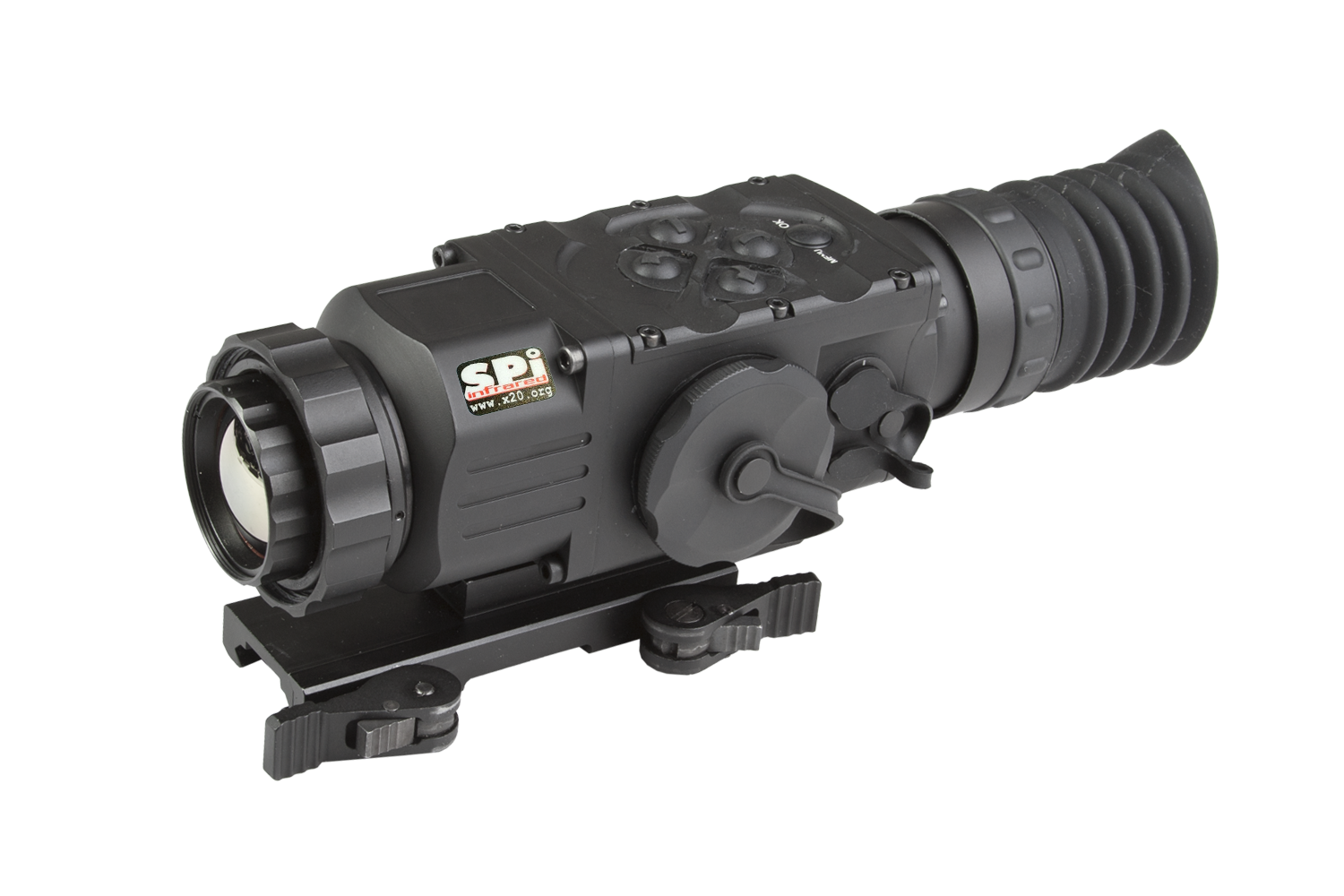
STINGER T640-25-S
Detector type: FLIR Tau 2 17μm Uncooled Microbolometer
Refresh rate: 60 Hz
Resolution: 640 X 512
FOV: 25 ° × 8° (H x V)
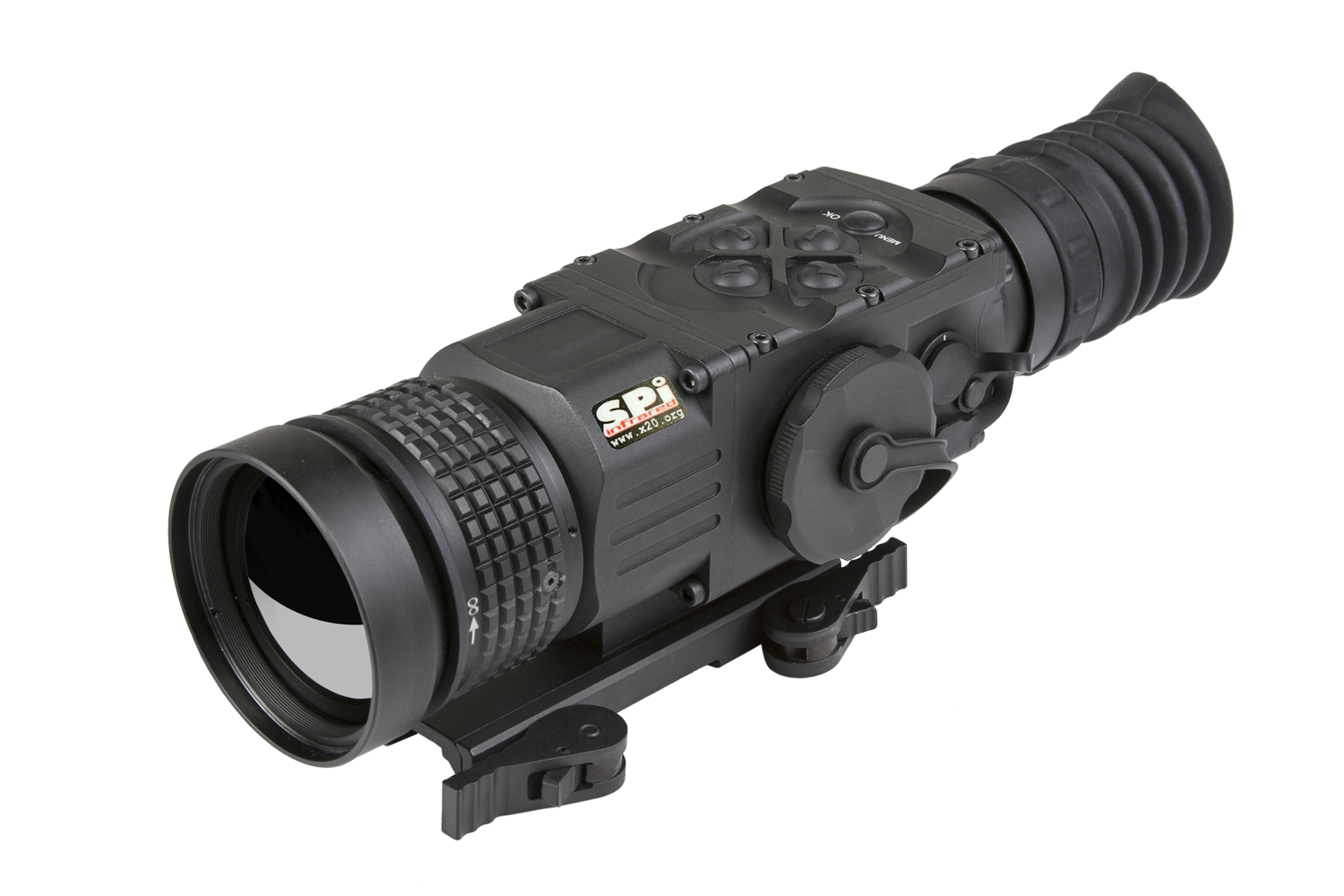
STINGER T640-50-S
Detector type: US advanced high sensitivity LWIR Microbolometer
Refresh rate: 60 Hz
Resolution: 640 X 512
FOV: 14.8 ° × 11.8° (H x V)
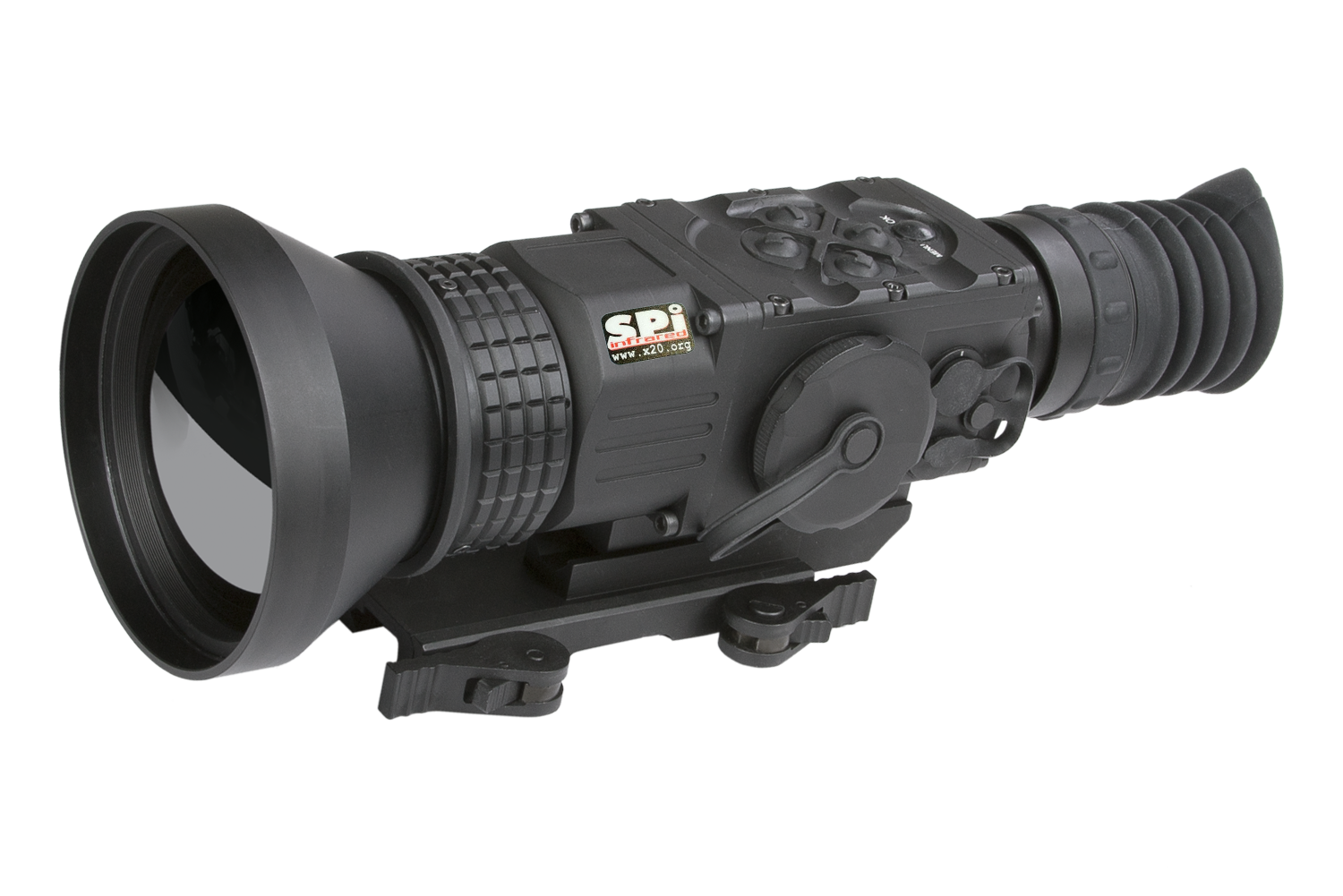
STINGER T640-75-S
Detector type: US advanced high sensitivity LWIR Microbolometer
Refresh rate: 60 Hz
Resolution: 640 X 512
FOV: 8.3 ° × 6.6° (H x V)

STINGER T336-25-S
Detector type: FLIR Tau 2 17μm Uncooled Microbolometer
Refresh rate: 60 Hz
Resolution: 336 x 256
FOV: 13 ° × 10° (H x V)
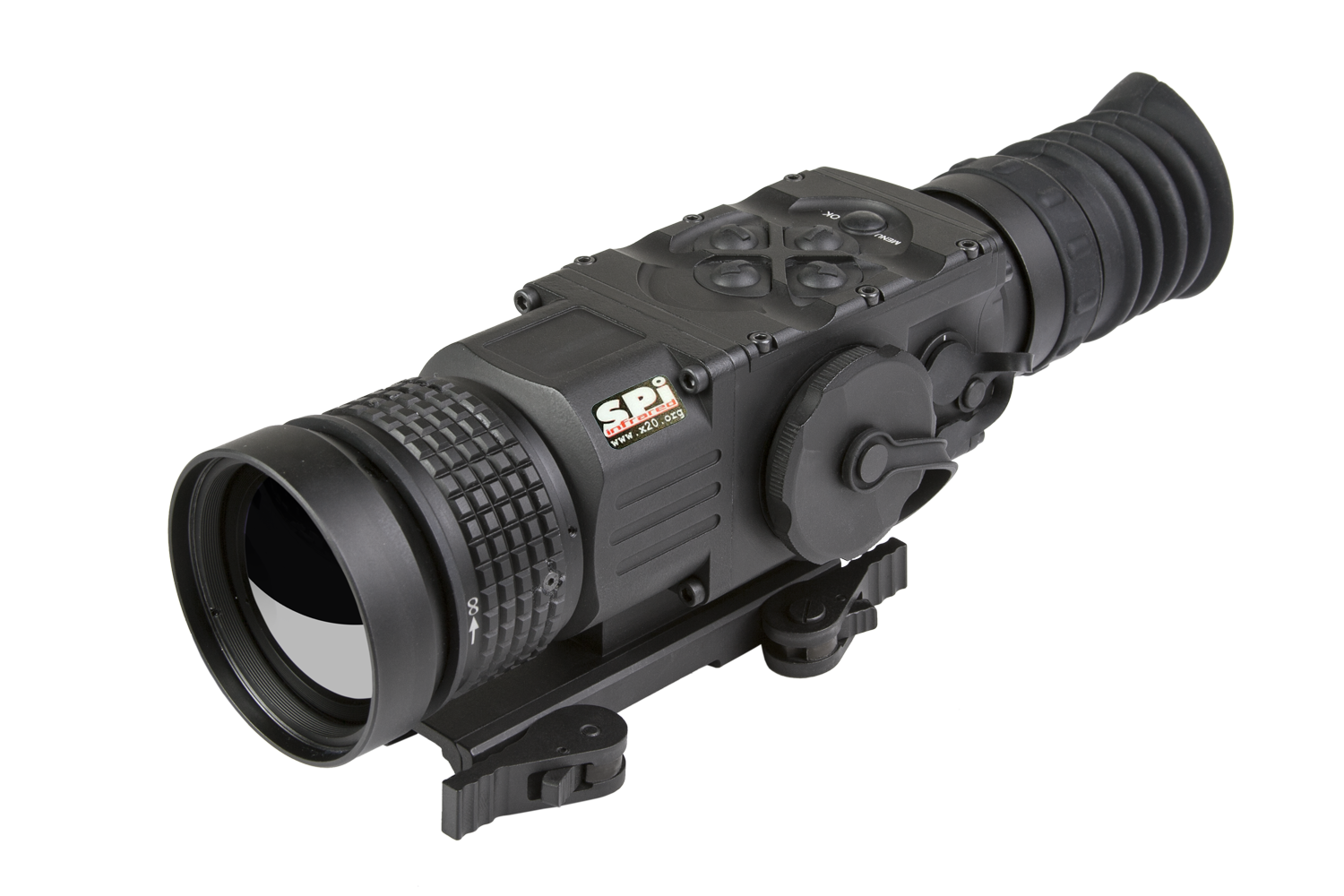
STINGER T336-50-S
Detector type: FLIR Tau 2 17μm Uncooled Microbolometer
Refresh rate: 60 Hz
Resolution: 336 x 256
FOV: 7.8 ° × 5.9° (H x V)
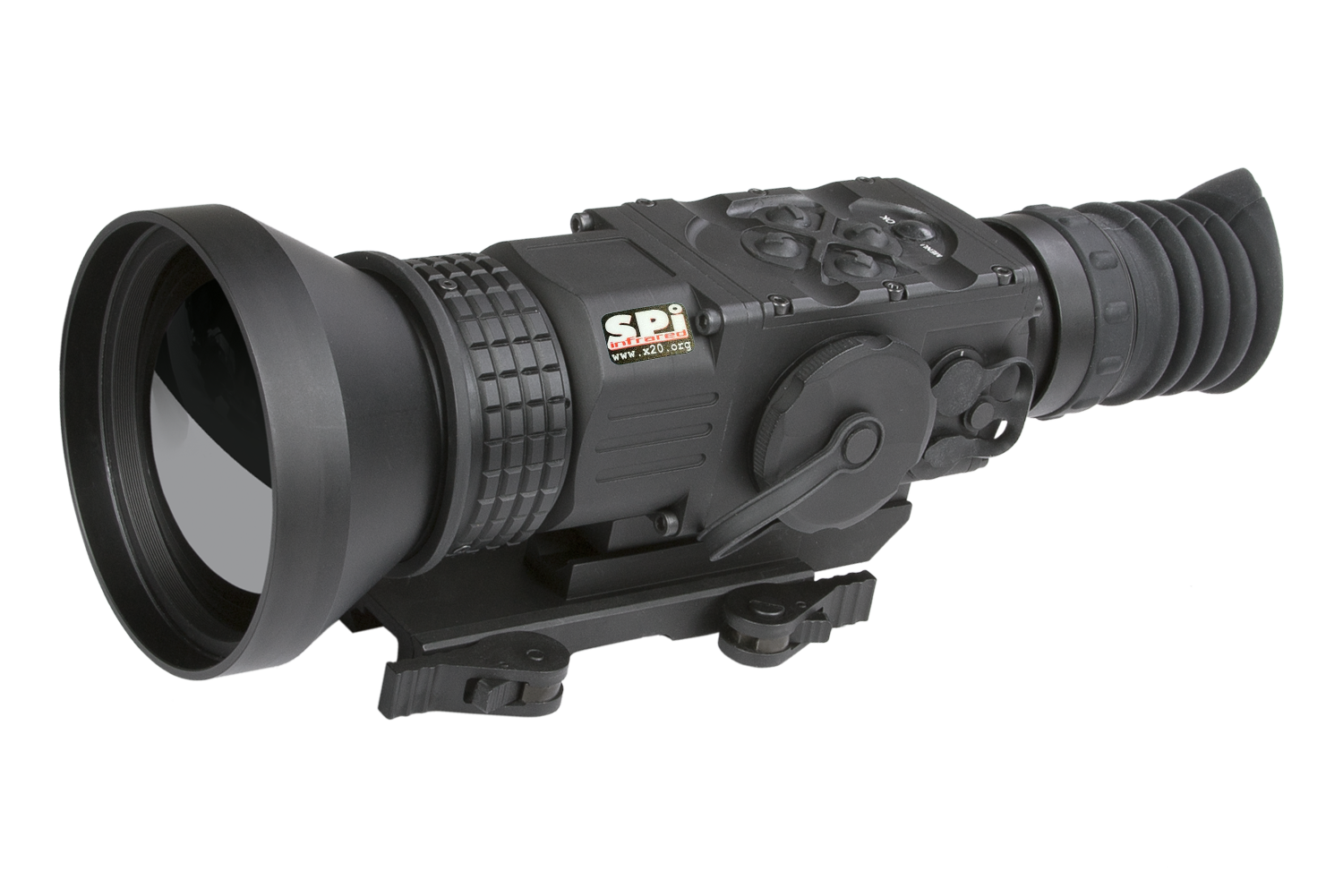
STINGER T336-75-S
Detector type: FLIR Tau 2 17μm Uncooled Microbolometer
Refresh rate: 60 Hz
Resolution: 336 x 256
FOV: 4.3 ° × 3.3° (H x V)
Frequently Asked Questions
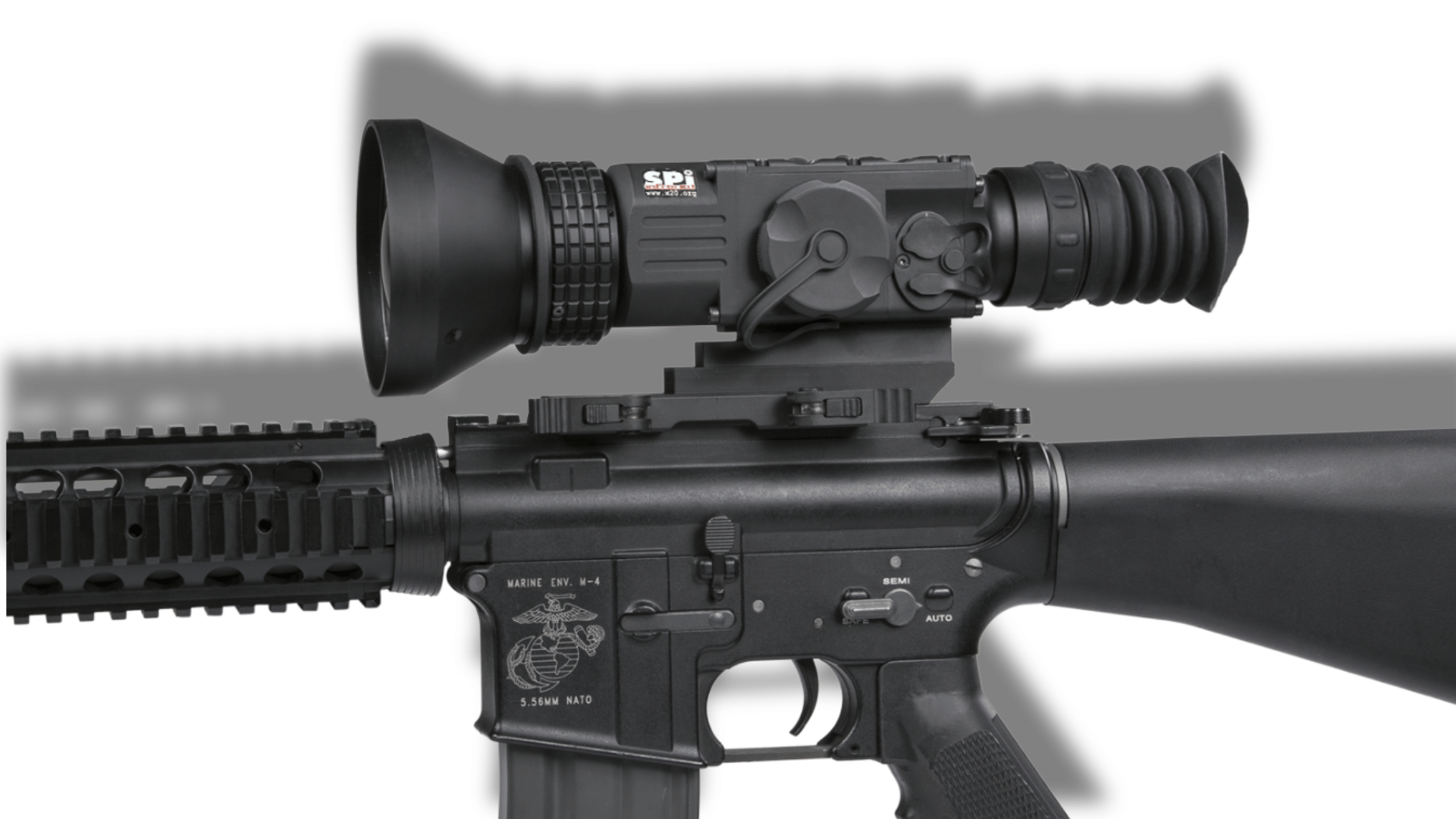
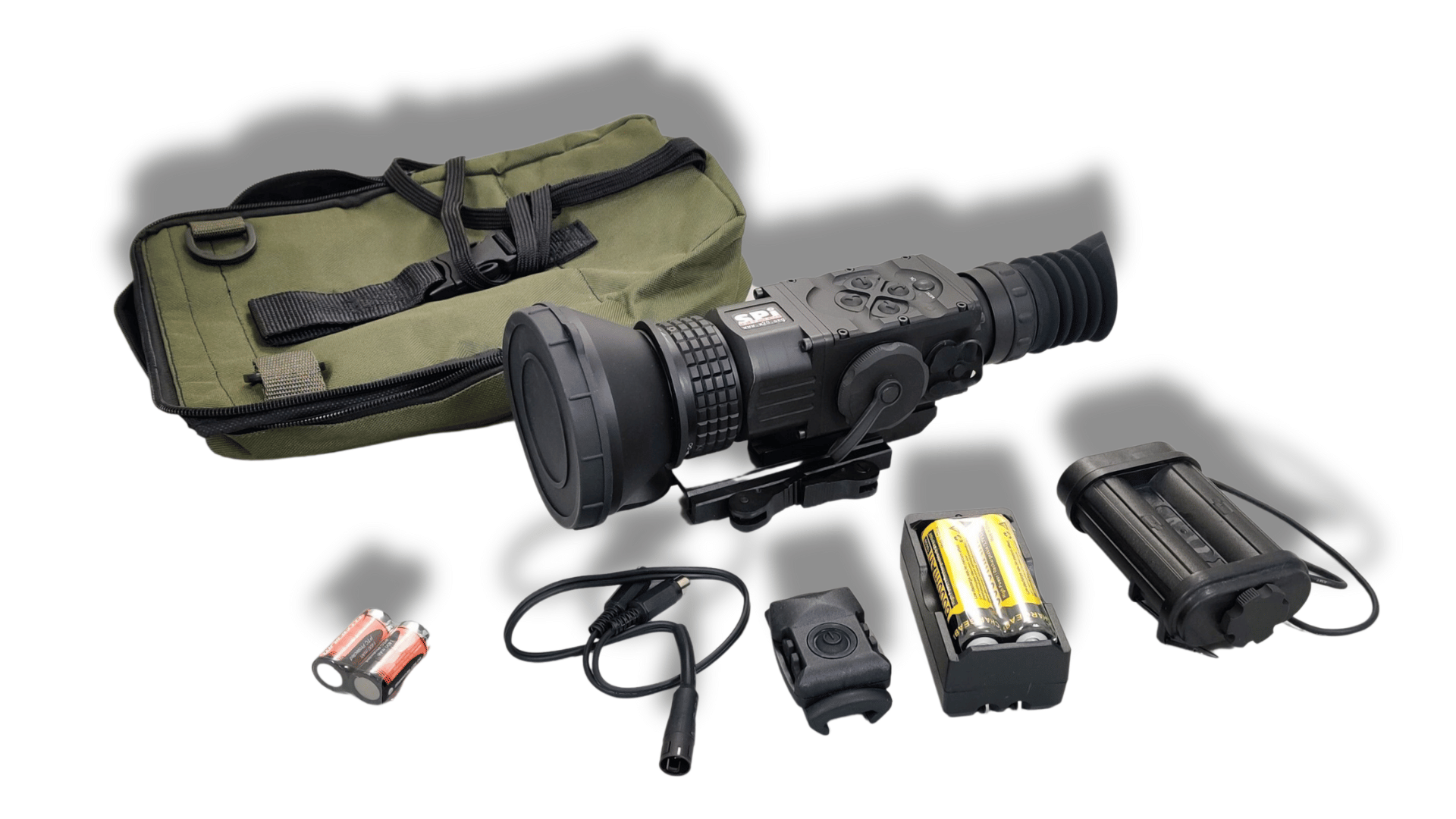

Around 18+ hours, depending on settings.
No, thermal imaging cannot see through walls. It detects heat signatures and temperature differences on surfaces.
How Thermal Imaging Works in Rifle Scopes
Thermal imaging, often referred to as thermography, is a technology that allows users to visualize the invisible infrared (IR) energy emitted by objects. When applied to rifle scopes, this technology offers a distinct advantage, especially in low-light conditions or environments with obstructions like smoke or fog. Here’s a detailed breakdown of how thermal imaging works in rifle scopes:
1. Infrared Radiation Detection:
- Every object with a temperature above absolute zero (-273.15°C or -459.67°F) emits infrared radiation. The amount of radiation emitted increases with the object’s temperature.
- Thermal imaging scopes are equipped with sensors that detect this infrared radiation. These sensors are typically made from materials like Vanadium Oxide (VOx) or Amorphous Silicon (a-Si).
2. Thermal Sensor:
- The heart of a thermal rifle scope is its thermal sensor, which captures the differential temperatures of objects in its field of view.
- The sensor doesn’t “see” objects like a traditional camera. Instead, it detects temperature differences and translates them into a detailed temperature pattern called a thermogram.
3. Thermogram to Electronic Impulse Conversion:
- The thermogram, which is captured in a fraction of a second, is converted into electronic impulses.
4. Signal Processing:
- These electronic impulses are then sent to a signal-processing unit, a circuit board with a dedicated chip that translates the information into data for display.
- The signal-processing unit processes the data and displays it as a visible image.
5. Display:
- The processed image is projected onto the scope’s display, often an OLED or LCD screen.
- The image will represent varying temperatures by different colors or shades. For instance, hotter objects might appear as white on a black background, while cooler objects might appear as black on a white background. Some scopes offer multiple color palettes, such as “Rainbow” or “Ironbow,” to enhance the visibility of specific temperature ranges.
6. Reticle Integration:
- Unlike traditional scopes, thermal scopes overlay an aiming reticle on the thermal image, allowing the shooter to aim accurately based on the thermal image.
- Advanced thermal scopes might also offer features like digital zoom, image stabilization, and video recording.
7. Environmental Considerations:
- Thermal rifle scopes are less affected by common visual obstructions like smoke, fog, or foliage. However, certain environmental factors, such as rain or extreme cold, might impact the clarity of the thermal image.
- It’s also worth noting that thermal rifle scopes cannot “see” through solid objects like walls, but they can detect the heat signature of an object or person that has recently been in contact with a surface.
8. Applications:
- Thermal rifle scopes are invaluable for hunting at night or in low-light conditions, as they can detect game based on their heat signatures.
- They are also used in military and security applications for target detection, surveillance, and more.
Yes, exporting such devices to foreign countries may require specific permissions or licenses. Please contact us for more information.
NVDs have evolved over the years and are categorized by generations, from Generation 0 to Generation 3, with each generation offering improved technology and capabilities.
The green phosphor on the screen of the image-intensifier tube is responsible for the characteristic green image of night vision. This phosphor creates the image when excited by electrons.
They are used for hunting, pest control, personal security, military operations, surveillance, and more. Read More
Contact Us
For Pricing, Specials, Bulk Discounts and More
